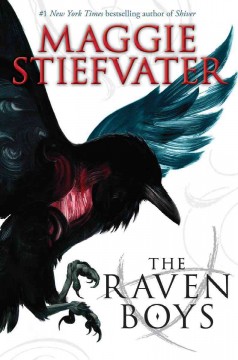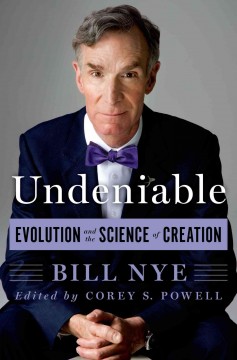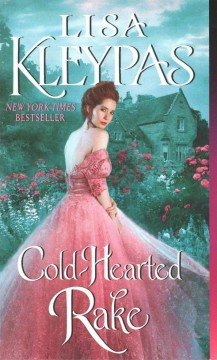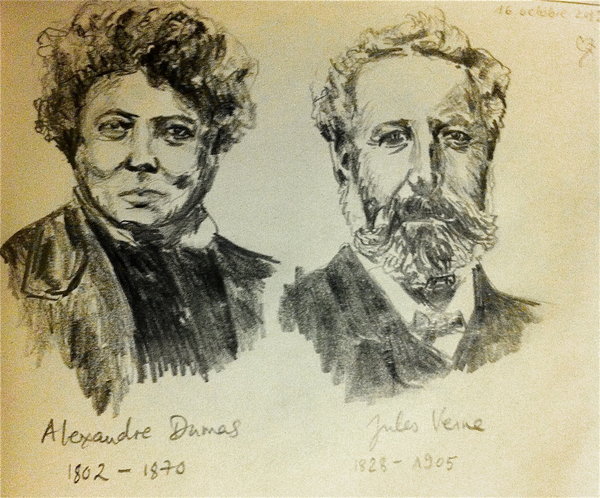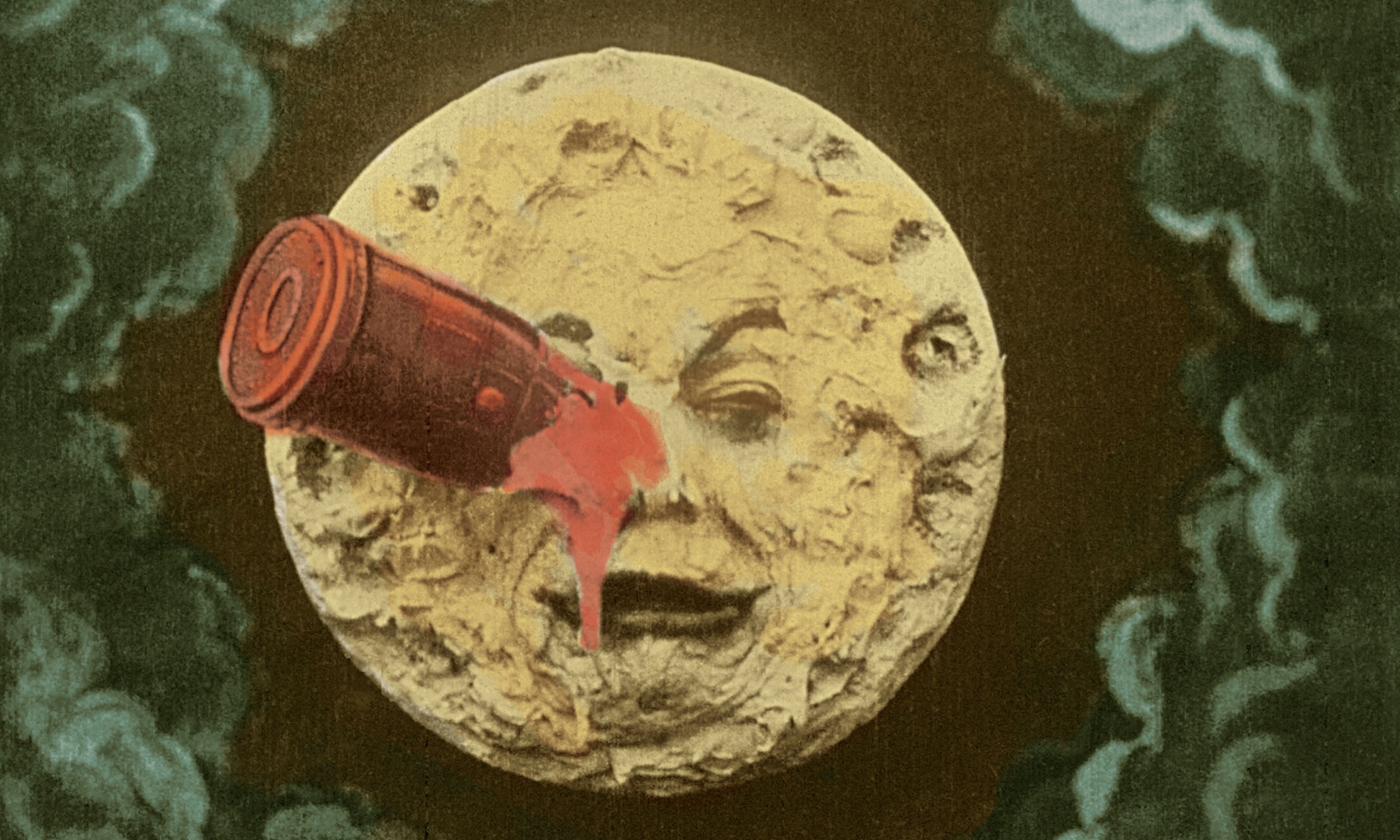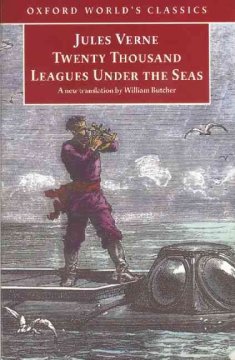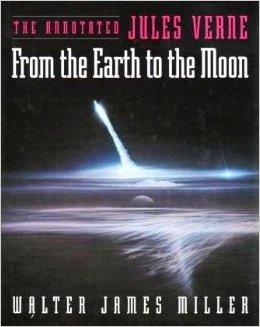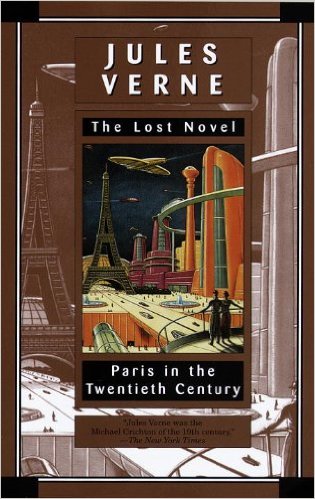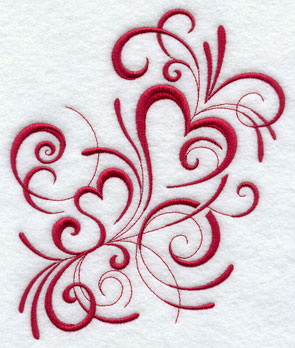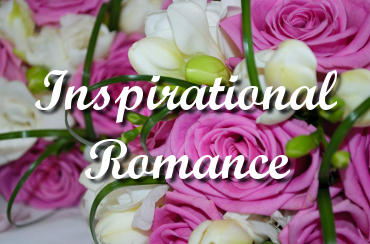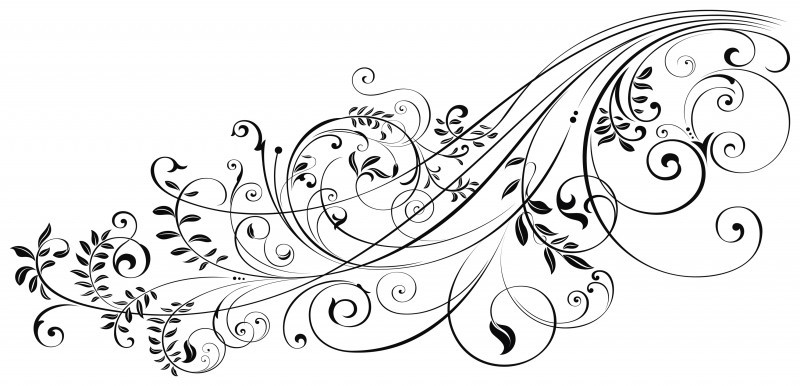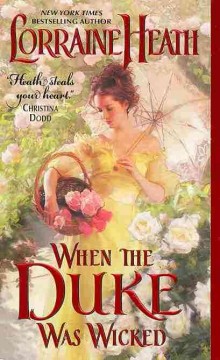Today we jump into on of my favorite genres of fiction and that is Magical Realism! So what is it you ask? Well, magical realism is defined by a style of fiction that paints a realistic view of the modern world while also adding magical elements. Essentially this genre is a matter-of-fact inclusion of fantastical or mythical elements that suspends our disbelief from the “norm”!
Originating from Latin America, this genre was spearheaded as a genre of political subversion. Authors used the fantastic and magical elements to portray an alternative to reality which can be used against oppressive political climates. Italian author Massimo Bontampelli used his writings to create a “collective consciousness” and inspire an Italian nation under a fascist ruler!
If you’re pulled in by any of that then here are some titles to start you off on your magical journey into the genre of Magical Realism!
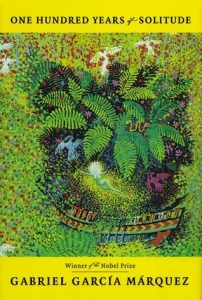 One Hundred Years of Solitude by Gabriel García Márquez
One Hundred Years of Solitude by Gabriel García Márquez
Arguably the most famous out of the genre, One Hundred Years of Solitude is novel that tells the story of the Buendia family, and chronicles the irreconcilable conflict between the desire for solitude and the need for love—in rich, imaginative prose that has come to define an entire genre known as “magical realism.”
Mr. Penumbra’s 24-Hour Bookstore by Robin Sloan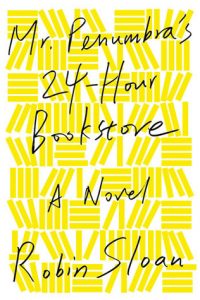
The Great Recession has shuffled Clay Jannon away from life as a San Francisco web-design drone and into the aisles of Mr. Penumbra’s 24-Hour Bookstore, but after a few days on the job, Clay discovers that the store is more curious than either its name or its owner might suggest.
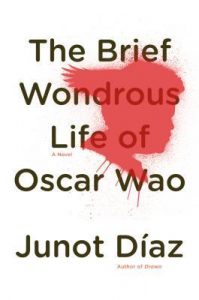 The Brief and Wondrous Life of Oscar Wao by Junot Díaz
The Brief and Wondrous Life of Oscar Wao by Junot Díaz
Things have never been easy for Oscar, a sweet but disastrously overweight, lovesick Dominican ghetto nerd. Unfortunately, he may never get what he wants, thanks to the Fukœ—the curse that has haunted the Oscar’s family for generations, dooming them to prison, torture, tragic accidents, and, above all, ill-starred love.
Ocean at the End of the Lane by Neil Gaiman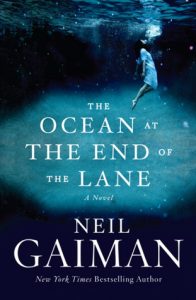
A middle-aged man returns to his childhood home to attend a funeral. Although the house he lived in is long gone, he is drawn to the farm at the end of the road, where, when he was seven, he encountered a most remarkable girl, Lettie Hempstock, and her mother and grandmother. He hasn’t thought of Lettie in decades, and yet as he sits by the pond (a pond that she’d claimed was an ocean) behind the ramshackle old farmhouse, the unremembered past comes flooding back. And it is a past too strange, too frightening, too dangerous to have happened to anyone, let alone a small boy.
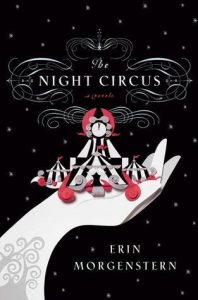 The Night Circus by Erin Morgenstern
The Night Circus by Erin Morgenstern
The circus arrives without warning. No announcements precede it. It is simply there, when yesterday it was not. Within the black-and-white striped canvas tents is an utterly unique experience full of breathtaking amazements. It is called Le Cirque des Rêves, and it is only open at night. Written in rich, seductive prose, this spell-casting novel is a feast for the senses and the heart.
Kafka on The Shore by Haruki Murakami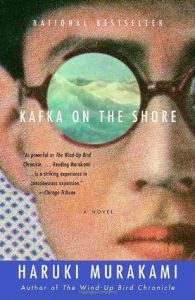
This story is a tour de force of metaphysical reality, is powered by two remarkable characters: a teenage boy, Kafka Tamura, who runs away from home either to escape a gruesome oedipal prophecy and an aging simpleton called Nakata, who never recovered from a wartime affliction and now is drawn toward Kafka for reasons unknown. Their odyssey, as mysterious to them as it is to us, is enriched throughout by vivid accomplices and mesmerizing events.
Happy Reading!



